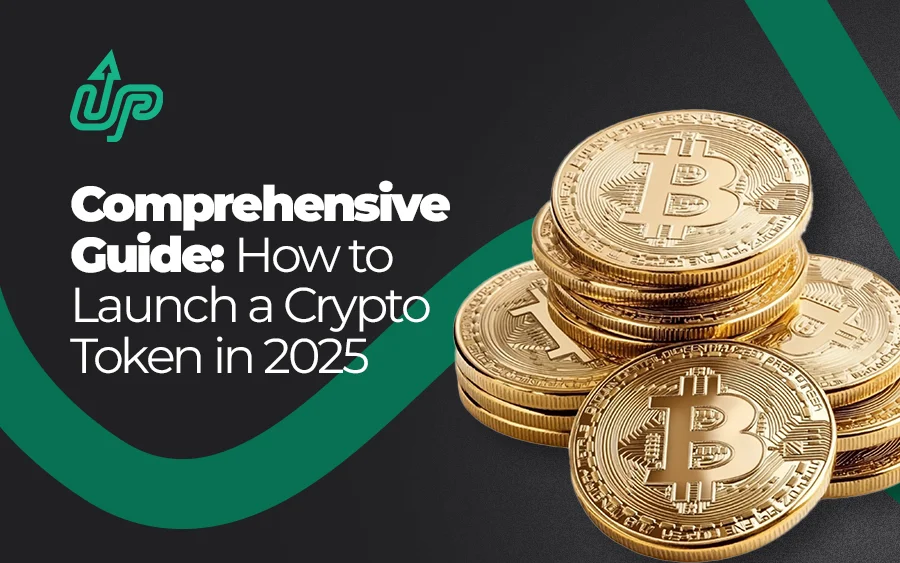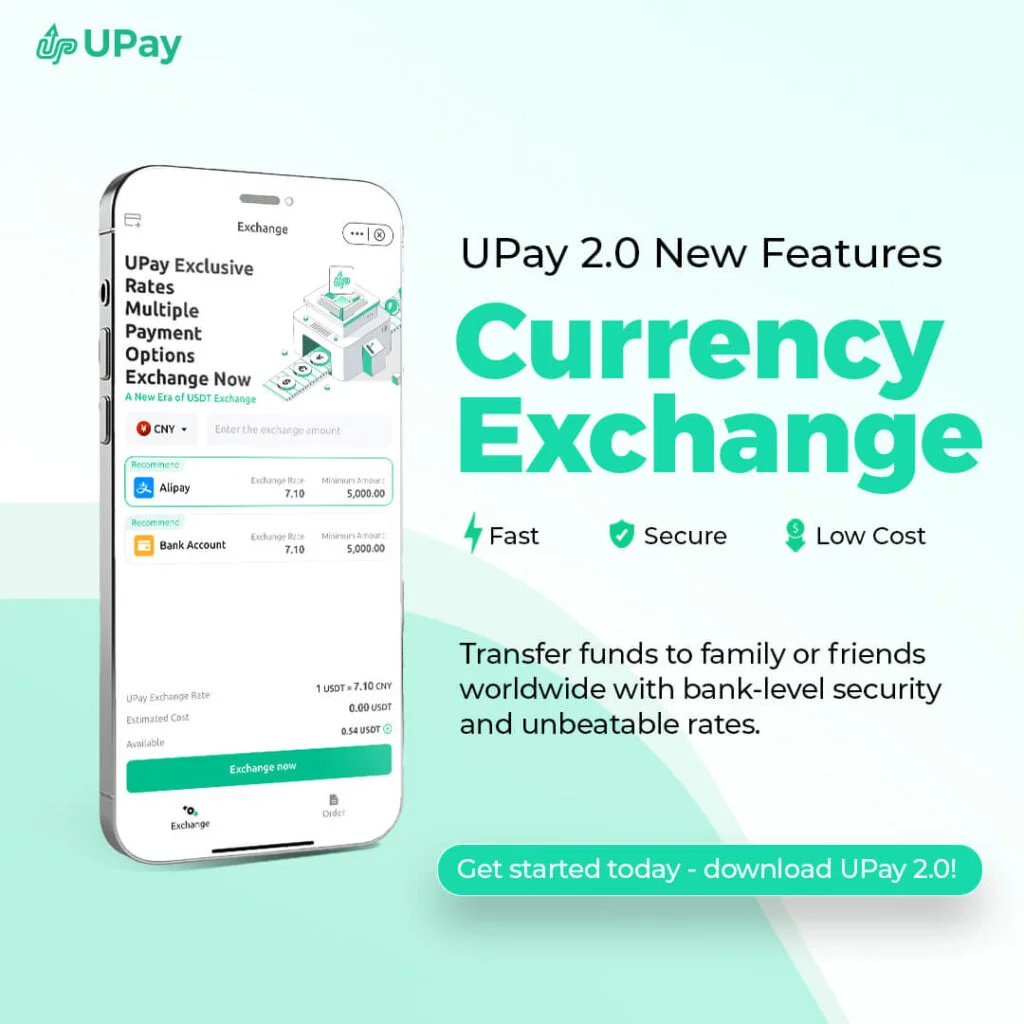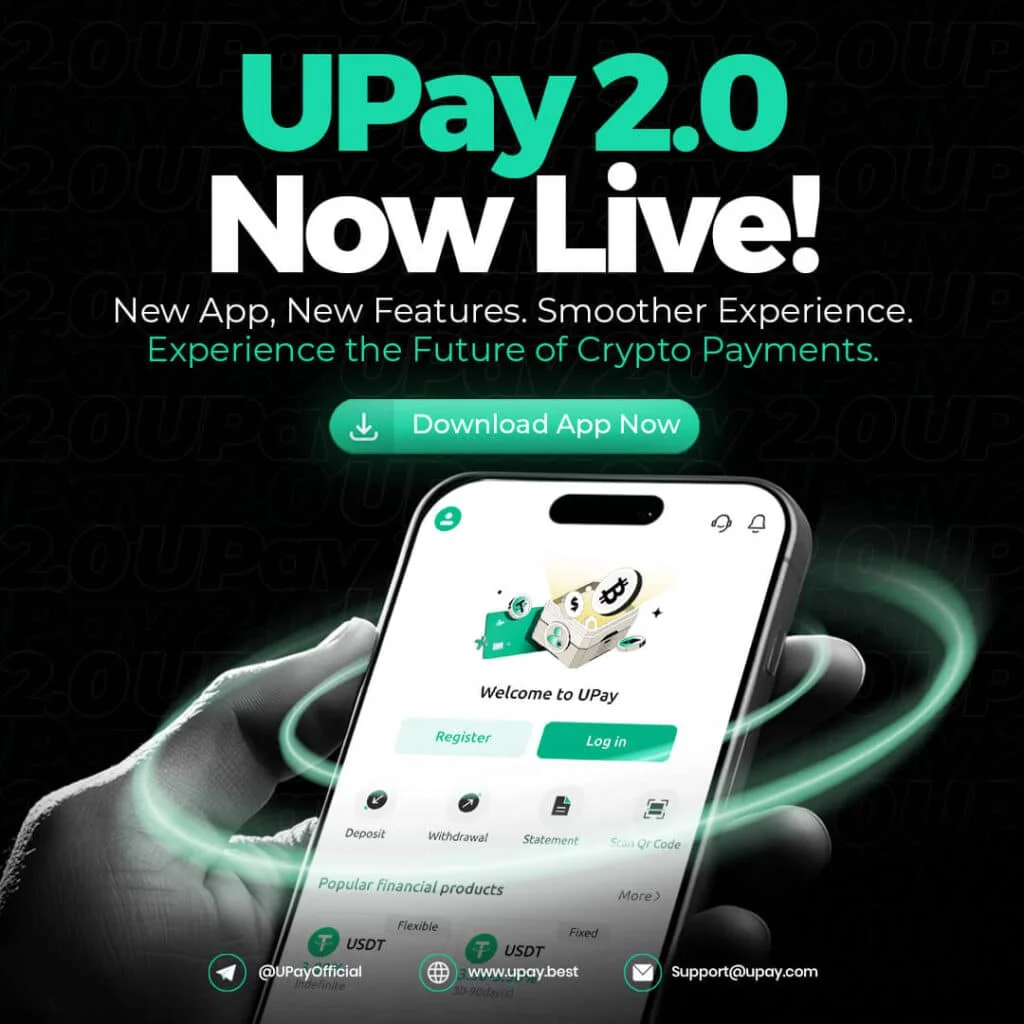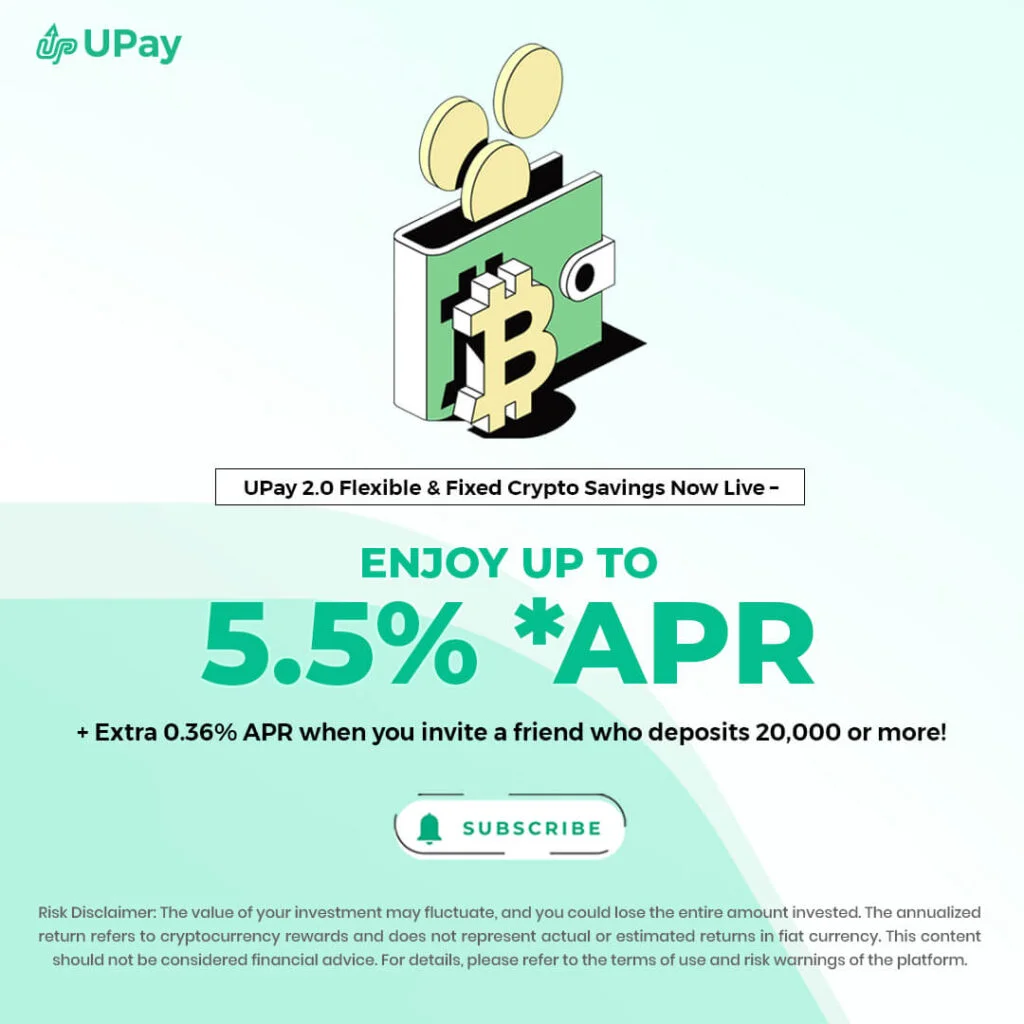Launching a crypto token is more than just creating a new digital asset. It’s about building a thriving ecosystem, ensuring utility, and navigating legal hurdles. A well-thought-out token not only needs to provide value to users but also needs to integrate seamlessly into the broader blockchain ecosystem.
This comprehensive article will take you through every step you need to consider when launching a token, from setting up your tokenomics, defining supply, distribution, and incentivization models to managing community engagement, which is key to building a loyal user base.
At the end, you’ll have a clear roadmap to launch your token with confidence in 2025, equipped with the tools and knowledge to create a successful, sustainable project.
Key Takeaways
- Launching a crypto token requires careful planning, from defining its purpose to choosing the right blockchain.
- Your token’s success relies on designing a clear tokenomics model and ensuring it meets market demands.
- Legal and regulatory considerations are crucial to avoid potential issues and ensure compliance with relevant laws.
- Selecting the right blockchain platform is key to your token’s performance and adoption in the market.
- Post-launch strategies, including token listing and continuous monitoring, ensure the long-term success of your token.
Definition of Token Launch
A token launch is the process of introducing a new cryptocurrency token to the market. This typically involves creating the token, defining its purpose and utility, and then distributing it to the public, often through mechanisms like Initial Coin Offerings (ICOs), Initial Exchange Offerings (IEOs), or Token Generation Events (TGEs).
For example, Ethereum’s ICO in 2014 raised over $18 million, enabling the development of its decentralized platform.
Similarly, platforms like Pump.fun have made it easier for individuals to create and launch their own tokens, contributing to the rapid growth of meme coins in the crypto space
Coins are digital assets that operate on their own independent blockchain. Their primary purpose is to serve as a store of value and a medium of exchange. While tokens are digital assets that function within an established blockchain network. They need another blockchain platform to function because they lack their own blockchain.
Current Trends in Token Launches
When you’re considering launching a crypto token, it’s important to understand the prevailing trends in the market. Here’s a breakdown of what’s shaping token launches in 2025:
1. Meme Coins: Popularity and Pitfalls
Meme coins have gained significant attention, with platforms like Pump.fun enabling users to create tokens easily. However, this surge has led to concerns about scams and market manipulation.
For instance, the $Trump token, launched by Donald Trump, experienced rapid price fluctuations, raising ethical questions and highlighting the risks associated with such tokens.
2. AI-Driven Tokens
Artificial Intelligence (AI) is increasingly influencing the crypto space. AI tokens are being developed to integrate machine learning capabilities with blockchain technology.
These tokens aim to enhance automation, data analysis, and decision-making processes within decentralized applications. The intersection of AI and crypto is expected to drive innovation and attract investor interest in the coming years.
3. Institutional Involvement
Traditional financial institutions are showing a growing interest in cryptocurrencies. Companies like PayPal and Visa are exploring blockchain technology to improve payment systems.
This institutional involvement is expected to bring more stability and legitimacy to the crypto market, potentially influencing token launch strategies.
4. Regulatory Developments
Regulatory clarity is becoming a focal point for the crypto industry. Governments are working towards establishing frameworks that balance innovation with investor protection.
These developments are crucial for token launches, as clear regulations can provide a more secure environment for investors and developers alike.
5. Tokenization of Real-World Assets
The tokenization of real-world assets, such as real estate and bonds, is gaining momentum. By representing physical assets on the blockchain, these tokens aim to enhance liquidity and accessibility.
This trend is expected to open new avenues for token launches, allowing developers to create tokens backed by tangible assets.
Blockchain Platforms for Creating Tokens
When you’re considering launching a crypto token, choosing the right blockchain platform is an important decision.
The platform you select will influence your token’s performance, scalability, and adoption. Let’s examine some of the most popular blockchain platforms for token creation.
1. Ethereum
Ethereum is one of the most widely used platforms for launching tokens. It introduced smart contracts, which are self-executing contracts with the terms of the agreement directly written into code.
Ethereum’s ERC-20 token standard has become the industry benchmark, ensuring broad compatibility with decentralized applications (dApps) and wallets.
This widespread adoption provides your token with increased visibility and liquidity. However, it’s worth noting that Ethereum’s network can experience congestion, leading to higher transaction fees during peak times.
2. Binance Smart Chain (BSC)
Binance Smart Chain is known for its low transaction fees and fast processing times, making it an attractive option for developers. BSC supports the BEP-20 token standard, which is similar to Ethereum’s ERC-20, allowing for easy migration of tokens between the two platforms.
The BSC ecosystem has grown rapidly, with numerous dApps and DeFi projects launching on the network. This growth provides a robust environment for your token to thrive.
3. Solana
Solana is recognized for its high throughput and low latency, capable of processing thousands of transactions per second. This makes it suitable for applications requiring high-speed transactions, such as gaming and decentralized finance.
Solana’s unique consensus mechanism, Proof of History, contributes to its scalability and efficiency. However, the network has experienced outages in the past, which is something to consider when evaluating its reliability.
4. Polygon
Polygon, formerly known as Matic, operates as a Layer 2 scaling solution for Ethereum. It aims to provide faster and cheaper transactions while leveraging Ethereum’s security.
Polygon supports the creation of ERC-20 tokens and has seen increased adoption due to its compatibility with Ethereum’s ecosystem. This makes it an appealing choice for developers looking to enhance their dApps’ performance without compromising on security.
5. Tezos
Tezos is a self-amending blockchain that allows for on-chain governance, enabling stakeholders to participate in the network’s evolution. It supports the creation of custom tokens and smart contracts, offering flexibility to developers.
Tezos’ consensus mechanism, Liquid Proof of Stake, aims to provide security and energy efficiency. The platform’s focus on governance and adaptability makes it a unique option for token creation.
6. Avalanche
Avalanche is designed to offer high throughput and low latency, aiming to process thousands of transactions per second. It supports the creation of custom blockchains and tokens, providing flexibility for developers.
Avalanche’s consensus protocol, Avalanche-X, is designed to offer scalability and decentralization. The platform’s emphasis on performance and customization makes it a compelling choice for launching tokens.
7. Tron
Tron is known for its high transaction throughput and low fees, making it suitable for applications requiring frequent transactions. It supports the creation of TRC-20 tokens, which are compatible with the network’s ecosystem.
Tron has a strong focus on content sharing and entertainment applications, providing a niche for tokens targeting these industries.
8. Stellar
Stellar focuses on facilitating cross-border payments and financial inclusion. It supports the creation of custom tokens and has established partnerships with financial institutions.
Stellar’s consensus mechanism, the Stellar Consensus Protocol, aims to provide fast and secure transactions. The platform’s focus on financial services makes it an attractive option for tokens in the remittance and payment sectors.
9. VeChain
VeChain specializes in supply chain logistics and product verification. It supports the creation of custom tokens and has been adopted by various enterprises to track products and ensure authenticity.
VeChain’s dual-token system, consisting of VET and VTHO, is designed to optimize transaction costs and efficiency. The platform’s enterprise focus makes it suitable for tokens aimed at business applications.
10. Pump.fun
Pump.fun is a platform built on the Solana blockchain that allows users to create tokens quickly and easily. While it has gained popularity for launching meme coins, it’s important to note that the platform has faced criticism for its lack of moderation and the potential for scams. Users should exercise caution and conduct thorough research before engaging with tokens created on this platform.
Pre-Launch Planning
Before you launch your crypto token, it’s important to lay a solid foundation. Let’s walk through the important steps to ensure your token has a clear purpose, meets legal standards, and is well-researched.
Defining Token Purpose and Use Case
Defining your token’s purpose and use case is the foundation of a successful project, as it determines how your token will serve its users and what problem it will solve in the market.
1. Clarify the Problem Your Token Aims to Solve
Think about the specific issue your token addresses. Whether it’s enhancing transaction efficiency, providing access to exclusive content, or enabling governance in a decentralized application, a clear problem statement guides your token’s design and appeal.
2. Identify the Target Audience
Determine who will benefit from your token. Are you targeting developers, gamers, investors, or a specific community? Understanding your audience helps tailor your token’s features and marketing efforts effectively.
3. Determine Token Utility Within the Ecosystem
Decide how your token will function within its ecosystem. Will it be used for staking, governance voting, accessing services, or earning rewards? A well-defined utility ensures your token adds value and encourages adoption.
Conducting Market Research
Conducting market research is important to understand the landscape and ensure your token meets the needs of its target audience.
1. Analyze Competitors and Market Demand
Research existing projects with similar objectives. Assess their strengths, weaknesses, and the demand for their solutions. This analysis helps identify market gaps and opportunities for differentiation.
2. Assess Potential Token Adoption
Evaluate the likelihood of users adopting your token. Consider factors like ease of use, perceived value, and the size of your target audience. Tools like on-chain analytics and sentiment analysis can provide insights into adoption potential.
3. Gather Feedback from Potential Users
Engage with your community through surveys, social media, and forums to gather feedback. Understanding user needs and preferences allows you to refine your token’s features and increase its appeal.
Legal and Regulatory Considerations
Legal and regulatory considerations are important when launching a crypto token, as failing to comply with laws can result in costly consequences.
1. Understand Jurisdictional Regulations
Cryptocurrency regulations vary by country. Familiarize yourself with the laws in your jurisdiction and any regions where you plan to operate. In the U.S., for example, the SEC uses the Howey Test to determine if a token is a security.
2. Ensure Compliance with Securities Laws
Determine whether your token qualifies as a security. If it does, you’ll need to comply with relevant securities regulations, which may include registration or exemption filings.
3. Establish a Legal Entity and Governance Structure
Form a legal entity, such as a corporation or foundation, to manage your token project. Define a governance structure that outlines decision-making processes, roles, and responsibilities, ensuring transparency and accountability.
Creating a Whitepaper
Creating a clear and comprehensive whitepaper is important for building trust and transparency with your community and investors.
1. Outline Tokenomics, Roadmap, and Technical Details
Your whitepaper should detail your token’s economics, including supply, distribution, and utility. Include a roadmap that outlines development milestones and timelines. Provide technical specifications to demonstrate feasibility and attract developers.
2. Provide Transparency and Build Trust with Investors
A well-written whitepaper fosters trust by clearly communicating your project’s vision, goals, and mechanisms. It serves as a vital tool for attracting investors and partners by showcasing professionalism and preparedness.
Gen Z Quant is a meme-based cryptocurrency that was developed in November 2024 by a 13-year-old known as “Quant Kid.” He obtained 51 million tokens with an initial investment of just $350 and, in a livestream, sold them all for roughly $30,000 a move known as a “rug pull.
Token Design and Development
Embarking on the journey of launching your crypto token involves meticulous planning and execution. Let’s delve into the core aspects of token design and development to ensure your project’s success.
1. Selecting the Blockchain Platform
Choosing the right blockchain platform is pivotal for your token’s performance and adoption. Here’s how to approach this decision:
- Assess Your Project’s Requirements: Determine the specific needs of your project, such as transaction speed, scalability, and security.
- Evaluate Popular Platforms: Consider established platforms like Ethereum, Binance Smart Chain, and Solana. For instance, Ethereum is renowned for its robust smart contract capabilities, while Binance Smart Chain offers lower transaction fees.
- Consider Emerging Platforms: Explore newer platforms like Casper, which provides developer-friendly tools and scalability features.
- Community and Ecosystem Support: Choose a platform with an active developer community and a supportive ecosystem to facilitate growth and troubleshooting.
- Long-Term Viability: Opt for a platform that aligns with your project’s long-term goals and has a sustainable development roadmap.
2. Designing Tokenomics
Crafting a sustainable and attractive tokenomics model is important for your token’s success. Here’s how to design effective tokenomics:
- Define Token Utility: Clarify the purpose of your token within the ecosystem, whether it’s for governance, staking, or accessing services.
- Determine Token Supply: Decide on the total supply, initial distribution, and any inflationary or deflationary mechanisms.
- Establish Incentive Structures: Create mechanisms that encourage user participation and long-term holding, such as staking rewards or governance voting rights.
- Plan for Token Distribution: Outline how tokens will be distributed, considering factors like team allocation, community incentives, and investor participation.
- Ensure Transparency: Maintain clear and transparent communication about your tokenomics to build trust within your community.
3. Smart Contract Development
Developing secure and efficient smart contracts is the backbone of your token’s functionality. Here’s how to approach smart contract development:
- Choose the Right Programming Language: Use languages like Solidity for Ethereum-based tokens or Rust for Solana to write your smart contracts.
- Implement Token Standards: Adhere to established token standards like ERC-20 or BEP-20 to ensure compatibility and interoperability.
- Develop Core Functions: Program essential functions such as minting, transferring, and burning tokens, along with any additional features unique to your project.
- Test Thoroughly: Conduct comprehensive testing in testnets to identify and resolve any issues before deployment.
- Deploy on Mainnet: Once testing is complete, deploy your smart contract on the mainnet of your chosen blockchain platform.
4. Security Audits
Ensuring the security of your smart contracts is important to protect user funds and maintain trust. Here’s how to conduct effective security audits:
- Identify Potential Vulnerabilities: Examine your smart contracts for common vulnerabilities, such as reentrancy attacks, overflow errors, and access control issues.
- Use Automated Tools: Employ automated tools to scan your code for known vulnerabilities and coding errors.
- Engage Third-Party Auditors: Hire reputable third-party auditing firms to conduct thorough manual reviews of your smart contracts.
- Implement Bug Bounty Programs: Encourage the community to identify and report vulnerabilities by offering rewards for discovered bugs.
- Continuous Monitoring: After deployment, continuously monitor your smart contracts for any unusual activity and be prepared to respond promptly to potential threats.
Token Generation Event (TGE)
When you’re ready to introduce your crypto token to the world, the Token Generation Event (TGE) is a pivotal moment. It’s not just about launching a token; it’s about setting the stage for your project’s success. Let’s explore how to plan your TGE, integrate with launchpads, and engage your community effectively.
Planning the TGE
Planning your TGE involves more than just setting a date. It’s about creating a structured process that ensures your token reaches its intended audience and serves its purpose within your ecosystem.
Begin by defining the structure of your TGE. Decide whether you’ll conduct a private sale, public sale, or a combination of both. Each approach has its benefits and considerations. For instance, private sales can help you secure early investments, while public sales can generate broader interest and community involvement.
Determine the pricing strategy for your token. This could be a fixed price, a Dutch auction, or a lottery system. The choice depends on your project’s goals and the market conditions. A well-thought-out pricing strategy can attract the right investors and ensure a fair distribution of tokens.
Establish clear timelines for your TGE. This includes setting a start and end date, as well as defining the phases of the sale if applicable. Clear timelines help manage investor expectations and create a sense of urgency.
Prepare your marketing materials ahead of the TGE. This includes your whitepaper, website, social media content, and press releases. Well-crafted marketing materials can build anticipation and provide potential investors with the information they need to make informed decisions.
Ensure that your technical infrastructure is ready. This means having a secure and functional smart contract deployed, a user-friendly interface for token purchases, and a reliable system for handling transactions. Technical readiness is crucial to prevent issues during the TGE.
Launchpad Integration
Integrating with a crypto launchpad can provide your project with visibility and credibility. Launchpads act as platforms that connect projects with potential investors, offering a structured environment for token sales.
Choose a launchpad that aligns with your project’s goals and target audience. Some popular launchpads include Binance Launchpad, Polkastarter, and DAO Maker. Each has its unique features and community, so select one that fits your project’s needs.
Understand the requirements of the launchpad. This may include submitting your project for review, meeting certain criteria, and agreeing to specific terms and conditions. Complying with these requirements ensures a smooth integration process.
Collaborate with the launchpad’s team to prepare for the token sale. This involves providing necessary information, such as your tokenomics, roadmap, and marketing materials. The launchpad’s team can assist in promoting your project and reaching a wider audience.
Engage with the launchpad’s community. Participate in AMAs (Ask Me Anything sessions), share updates, and respond to queries. Building a relationship with the community can foster trust and encourage participation in your TGE.
Monitor the performance of your token sale on the launchpad. Track metrics such as the number of participants, funds raised, and token distribution. Analyzing these metrics can provide insights into the effectiveness of your TGE and inform future strategies.
Community Engagement
Building and maintaining an engaged community is important for the long-term success of your token. A strong community can provide support, feedback, and advocacy for your project.
Start by identifying your target audience. Understand their interests, needs, and concerns. Tailoring your communication and engagement strategies to your audience can enhance participation and loyalty.
Use platforms like Telegram, Discord, and Twitter to interact with your community. These platforms allow for real-time communication and can help build a sense of community among your supporters.
Host regular events to engage your community. This could include AMAs, webinars, contests, and giveaways. These events can generate excitement and keep your community informed and involved.
Provide regular updates about your project’s progress. Share milestones, achievements, and upcoming plans. Transparency fosters trust and keeps your community invested in your project’s success.
Encourage community participation by rewarding contributions. This could be through airdrops, staking rewards, or recognition in community channels. Acknowledging your community’s efforts can motivate continued involvement.
Monitor community sentiment and feedback. Pay attention to concerns and suggestions. Addressing issues promptly and incorporating feedback can improve your project’s development and strengthen community relations.
Post-Launch Strategies
After your crypto token is live, the real work begins. It’s time to focus on sustaining momentum, building trust, and adapting to market dynamics. Here’s how you can navigate the post-launch phase effectively.
Token Listing on Exchanges
Getting your token listed on exchanges is important for liquidity and visibility. Start by targeting decentralized exchanges (DEXs) like Uniswap or PancakeSwap, which are more accessible and often have lower listing requirements.
Once your token gains traction, consider applying to centralized exchanges (CEXs) such as Binance or KuCoin. Keep in mind that CEXs usually require a listing fee and a thorough vetting process.
To enhance your chances of getting listed, ensure your token complies with relevant regulations and has a clear use case.
Providing detailed information about your project’s roadmap, team, and tokenomics can also help in the evaluation process.
Also, maintaining transparent communication with the community and addressing any concerns promptly can build trust and demonstrate your commitment to the project’s success.
Ongoing Community Management
Your community is the backbone of your project’s success. Engage with them regularly through social media platforms like Twitter, Telegram, and Discord. Share updates, answer questions, and encourage discussions to keep the community active and informed.
Hosting events such as AMAs (Ask Me Anything) sessions or giveaways can also boost engagement and attract new members.
It’s also important to listen to community feedback and make necessary adjustments. Whether it’s improving the user interface, adding new features, or addressing concerns, showing that you value their input can strengthen loyalty and foster a positive reputation.
Monitoring and Adjusting Tokenomics
Tokenomics plays a significant role in your token’s value and utility. After the launch, monitor key metrics such as trading volume, market capitalization, and user adoption.
If you notice any issues like low liquidity or price volatility, consider implementing adjustments. This could involve modifying staking rewards, introducing deflationary mechanisms like token burns, or adjusting the token supply.
For example, if your token experiences high inflation and decreasing value, implementing a burn mechanism can reduce the total supply, potentially increasing scarcity and value.
Similarly, adjusting staking rewards can incentivize long-term holding and reduce selling pressure. Regularly reviewing and adjusting your tokenomics ensures that your token remains attractive to users and investors.
Advanced Considerations
As your project matures, it’s essential to explore advanced strategies that can enhance functionality, governance, and user engagement.
Cross-Chain Compatibility
Cross-chain compatibility allows your token to operate across multiple blockchain networks, increasing its reach and utility. By enabling asset transfers between different blockchains, users can access a broader range of decentralized applications (dApps) and services.
Implementing cross-chain functionality involves developing or integrating bridges that connect your token to other blockchains.
For instance, using wrapped tokens or atomic swaps can facilitate seamless transfers. However, it’s crucial to ensure the security of these bridges, as vulnerabilities can lead to significant losses.
Implementing Governance Mechanisms
Decentralized governance empowers your community to participate in decision-making processes, fostering a sense of ownership and engagement. Implementing governance mechanisms allows token holders to vote on proposals related to protocol upgrades, fund allocations, or other critical decisions.
You can introduce governance tokens that grant voting rights or use smart contracts to automate voting processes. It’s important to design a fair and transparent governance model that prevents centralization and ensures that all stakeholders have a voice.
Integrating NFTs and DeFi
Integrating non-fungible tokens (NFTs) and decentralized finance (DeFi) can add unique value propositions to your project. NFTs can represent ownership of digital or physical assets, while DeFi protocols can provide financial services like lending, borrowing, and yield farming.
You can create innovative use cases that attract a diverse user base by combining NFTs and DeFi. For example, allowing users to stake NFTs to earn rewards or collateralize them for loans can enhance engagement and utility.
However, it’s important to ensure that these integrations are secure and compliant with relevant regulations.
Common Pitfalls to Avoid When Launching a Crypto Token
There are some common mistakes you should be careful to avoid when launching your crypto token. Let’s review the top five mistakes that could ruin your project.
1. Skipping Comprehensive Market Research
Before launching your token, make sure you understand the market. If you don’t do enough research, you risk misaligning your tokenomics or missing the mark on what users actually want.
A good example is the Iron Finance project, which faced a collapse when its algorithmic stablecoin, IRON, lost its peg during a market sell-off. This led to massive losses. The point is, doing your research up front can help you avoid problems down the road.
2. Ignoring Legal and Regulatory Compliance
Legal issues can cause serious problems. Take the case of the Save the Kids token, which was promoted by influencers.
It turned out to be a pump-and-dump scheme, and the project faced legal action for misleading marketing and unregistered token offerings.
Make sure your token meets legal requirements by seeking advice from a legal expert. This step is essential for avoiding trouble later on.
3. Underestimating the Importance of Security
Security is a big concern in the crypto world. If you don’t take the necessary steps to secure your project, you risk losing user trust and funds.
For example, SafeMoon faced a setback when hackers exploited a weakness in its liquidity pool and stole millions of dollars. This emphasizes the need to conduct thorough audits and ensure your smart contracts and wallets are secure.
4. Overhyping Without Delivering Value
Hype is great, but it needs to be backed by real value. The $Trump meme coin is an example of a token that quickly lost its value.
It had no real use case and was subject to market manipulation. Overhyping your project without a clear plan for its value or utility can lead to disappointment and loss of trust.
5. Failing to Engage and Communicate with the Community
If you ignore your community, your token is unlikely to succeed. The ICERAID project struggled when its founder failed to communicate effectively with investors, which led to frustration and a loss of confidence.
Regular communication and engagement with your community are crucial for maintaining support and ensuring long-term success.
Conclusion
Launching a token is a multifaceted process that requires careful planning, execution, and ongoing management. From defining your token’s purpose and selecting the right blockchain to ensuring legal compliance and engaging with your community, each step plays an important role in the success of your project.
You can create a strong foundation for your token’s growth by understanding the importance of tokenomics, conducting security audits, and integrating with the right launchpad.
Remember, the post-launch phase is just as important, with tasks like listing on exchanges, continuous community engagement, and monitoring token performance being key to long-term success.
With a thoughtful approach and attention to detail, you can navigate the complexities of launching a token and position your project for lasting impact in the crypto space.
Frequently Asked Questions
Launching a crypto token involves several steps, and you might have specific questions along the way. Here are some common questions and their answers to guide you through the process.
What is the first step in launching a token?
The first step is to define the purpose and use case of your token. Understanding why you’re creating the token and how it will be used within your ecosystem is crucial for its success.
Do I need legal advice before launching a token?
Yes, seeking legal advice is essential. Consulting with legal professionals ensures that your token complies with relevant regulations and helps avoid potential legal issues.
Should I conduct a security audit for my token’s smart contract?
Yes, conducting a security audit is highly recommended. Auditing your smart contract helps identify and fix vulnerabilities, ensuring the safety of user funds and maintaining trust in your project.
How can I distribute my token to users?
Token distribution can be done through various methods, such as airdrops, Initial Coin Offerings (ICOs), or partnerships with exchanges. The method you choose should align with your project’s goals and community engagement strategy.
Do I need a whitepaper for my token?
Yes, a whitepaper is important. It provides detailed information about your token’s purpose, technology, and roadmap, helping potential investors and users understand your project.
How do I list my token on exchanges?
Listing your token on exchanges involves applying to the exchange, meeting their requirements, and undergoing their review process. Some exchanges may charge fees or require certain conditions to be met.
How do I engage with my token’s community?
Engaging with your community involves regular communication through social media, forums, and events. Building a strong community fosters trust and support for your token.







